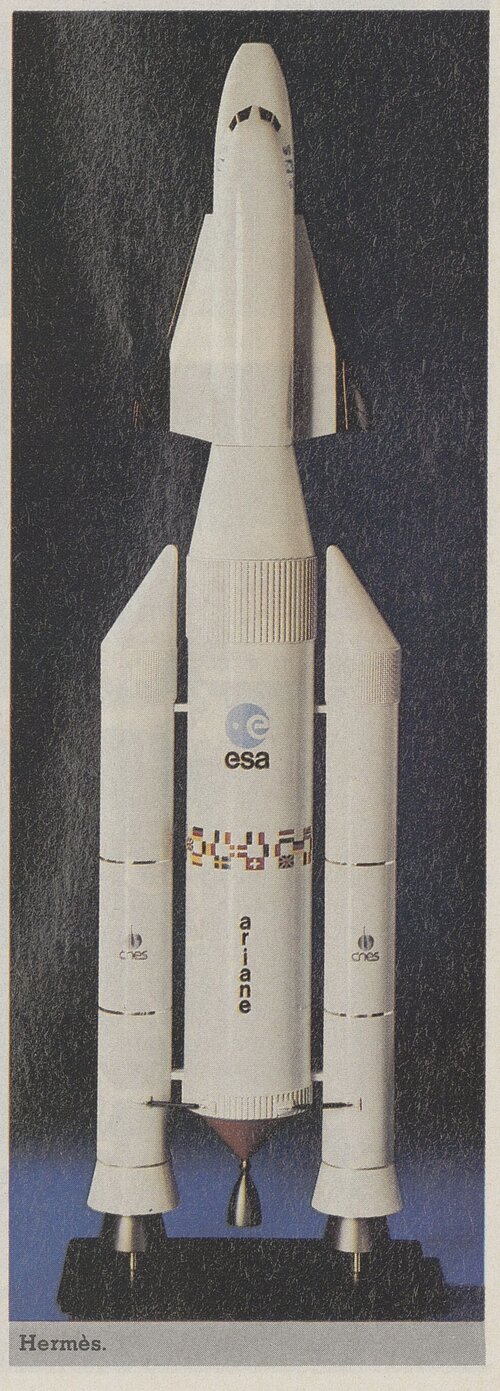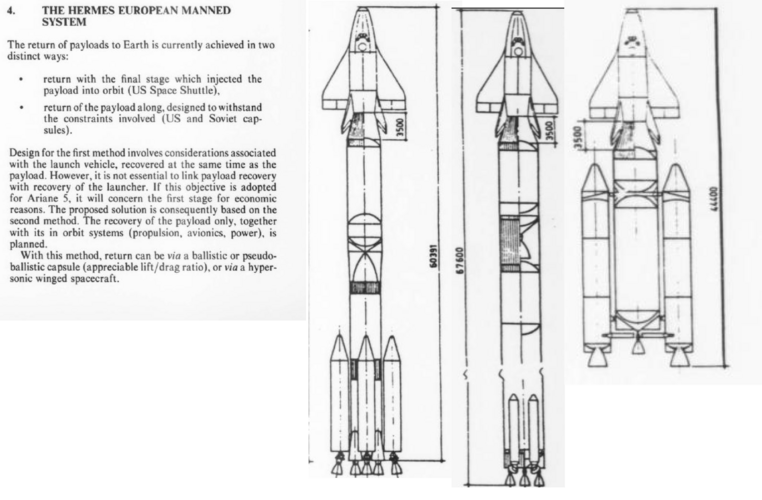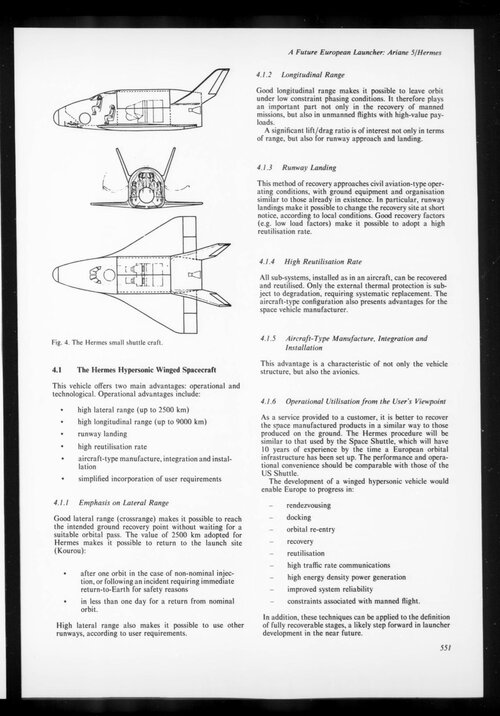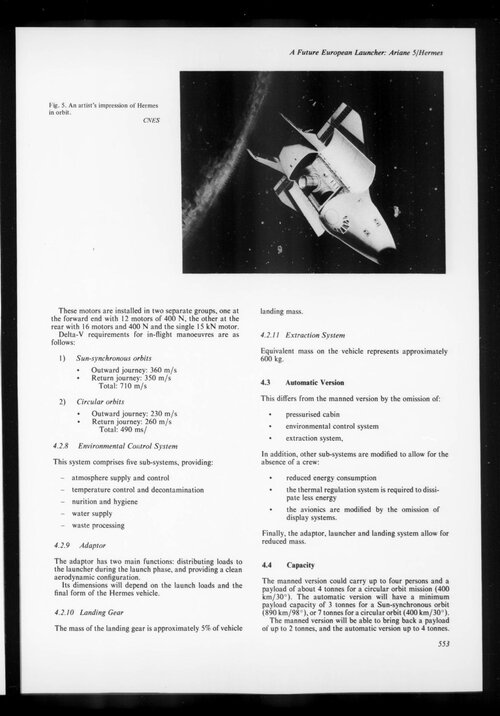Jareel
ACCESS: Secret Space Projects
- Joined
- 25 May 2022
- Messages
- 11
- Reaction score
- 12
Kuiper Systems LLC is not Bezos'es own company, it's owned by Amazon (where Bezos got "only" 14% voting power and isn't in the CEO seat any more), Bezos isn't the one making decisions there, he's not even on the board of the company. It's a completely different beast than the Blue Origin which is majority-owned by Bezos and where Bezos truly is pulling the strings.
Also there was no need to "rescue" Ariane 6. It wasn't in danger. It already had years of orders and already had an upgrade funded (the black upper stage) before the contract for Kuiper.
ULA on the other hand... well... no way around it than admitting that this contract might have been make-or-break for the launcher's future. Certainly for their SMART system at a very least.
But it's going waaay offtopic for the discussion about Hermes.
Also there was no need to "rescue" Ariane 6. It wasn't in danger. It already had years of orders and already had an upgrade funded (the black upper stage) before the contract for Kuiper.
ULA on the other hand... well... no way around it than admitting that this contract might have been make-or-break for the launcher's future. Certainly for their SMART system at a very least.
But it's going waaay offtopic for the discussion about Hermes.








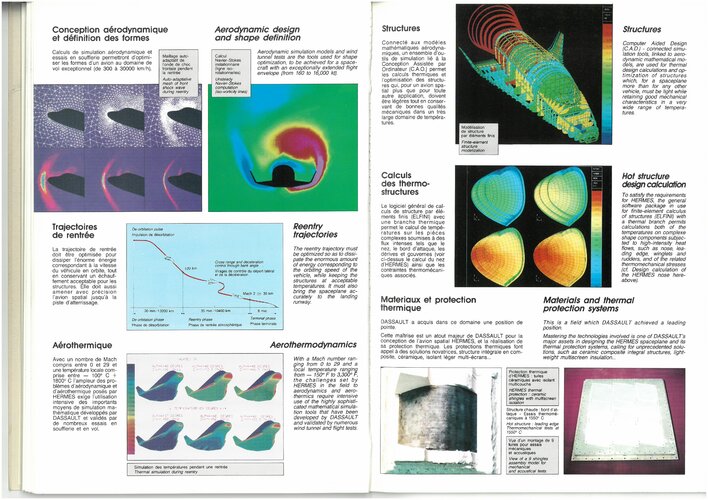

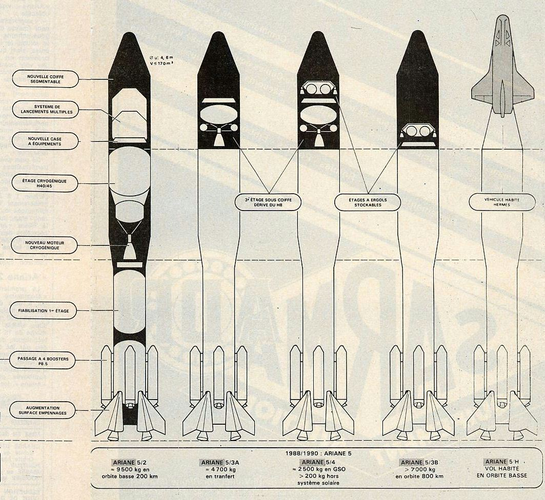
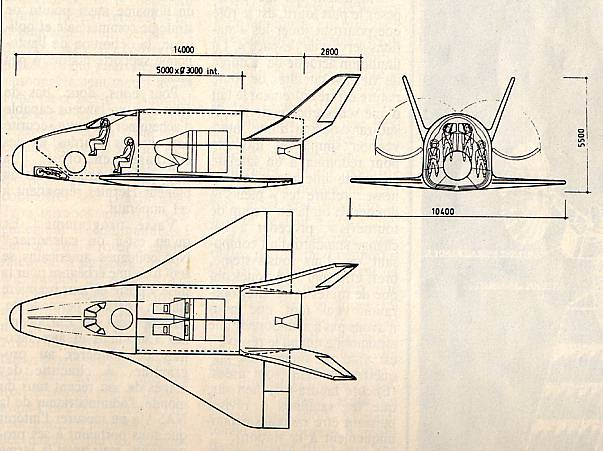
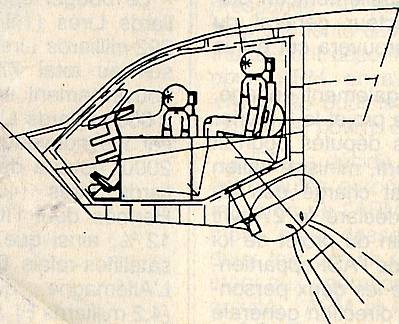
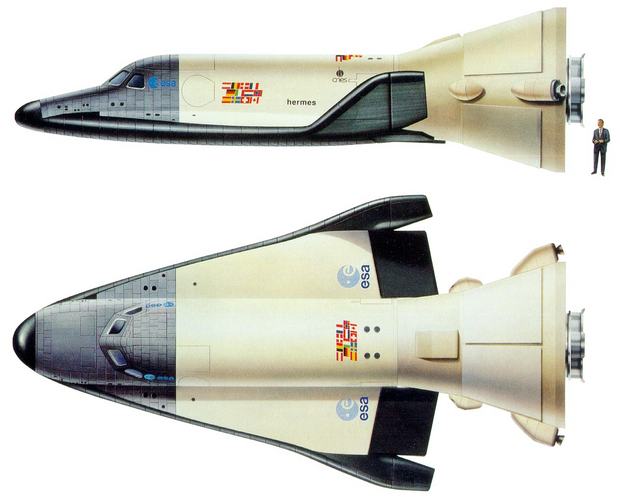







![Aviation_magazine_international___les_[...]_bd6t53414562_33.jpg](/data/attachments/246/246397-db07affd55686e85686026931e574b7d.jpg)

![Aviation_magazine_international___les_[...]_bd6t5340471k_25.jpg](/data/attachments/246/246399-2856ff37ade775afc44897f44596741f.jpg)
